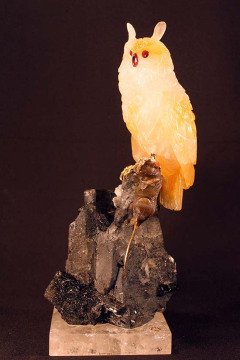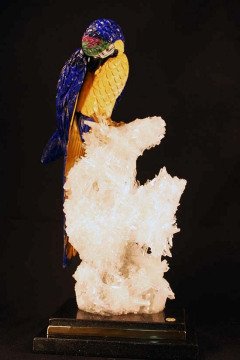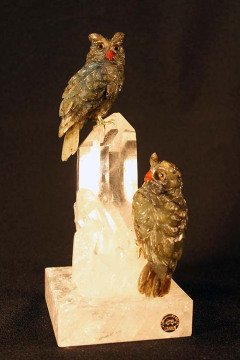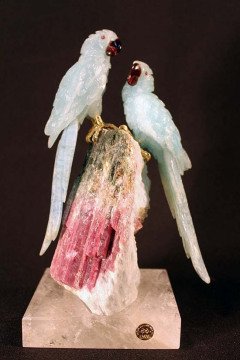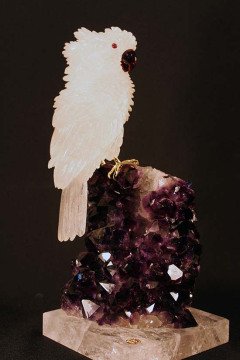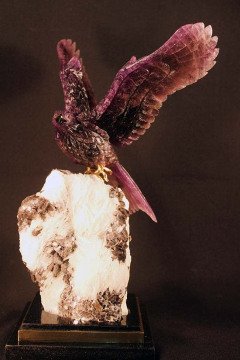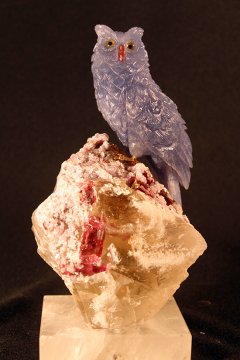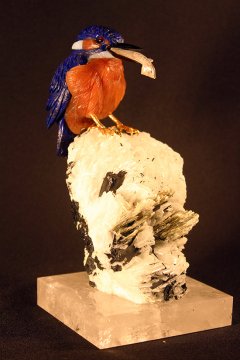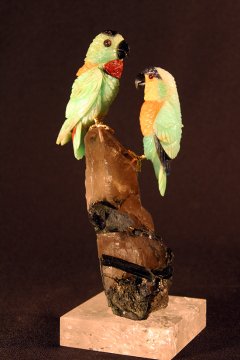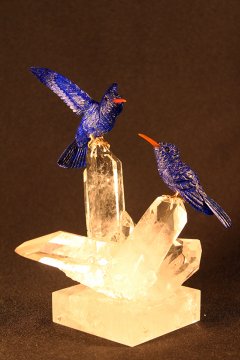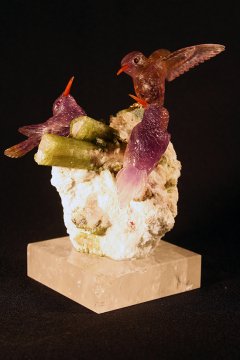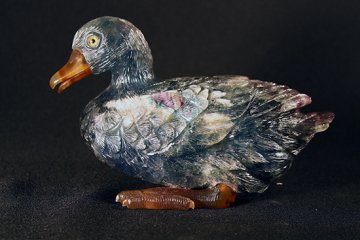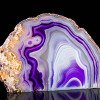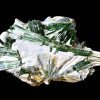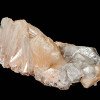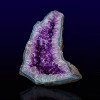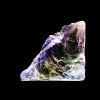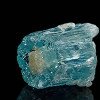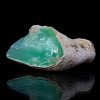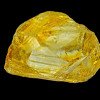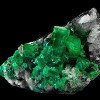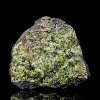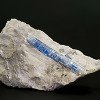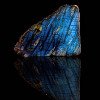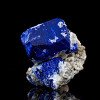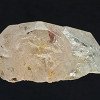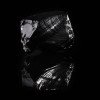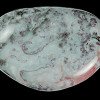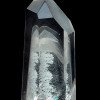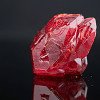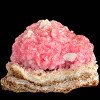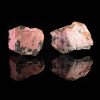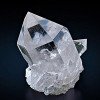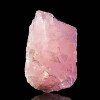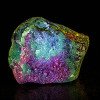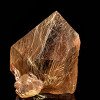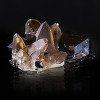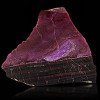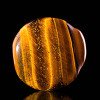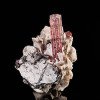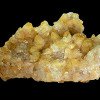Thu 26 to Su 29. October
Munich Trade Fair Center/ Entrance EAST
Peter Müller
Brazilian Stone Carvings
Peter Müller and Teja Müller
About Us
A little about our history.
Peter Müller was born in 1952 near Lucerne, Switzerland. Following professional training in international banking he commenced a brilliant career in that field only to later be lured by the appeal of international travel - wich lead him to live in Brazil in 1979. A chance encounter with a brazilian carver of birds in 1984 inspired him to change his life's work. He established a workshop in semi-precious stone carviings that same year.
His works are rich in unexpected beauty abd surprising details. Naturally, no two carvings are identical. They are life-like reproductions of birds from the tropics and the Northern Hemisphere, hand-fabricated from natural colored precious stones from all over the word. The bases are hand-picked by Peter from several tons of rough, including Brazilian tourmalines and quartzes from eleven diferent mines, as well as many other rare minerals from his adopted country.
Familiar with the work of Idar-Oberstein carvers since his childhood, Peter has made annual trips there over the last thirty years to learning new carving techniques. These skills are then imparted to his crew of carvers in Brazil, now considered to be the best trained craftsman in that country. Peter Müller's lapidary work has been subject of a number of articles including: Rock and Gem Magazine, May 2000 and wildlife Art Magazine, March/April 2002.

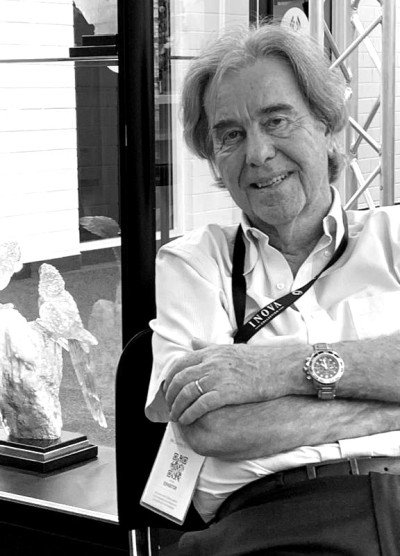
Events
We have something to show
Our Stones
Some information about our stones.
Contact
Localization
Itaipava - RJ
Brazil
Phones
Copyright 2022 PETER MÜLLER © All Rights Reserved
Designed by AMPLAMENTE









